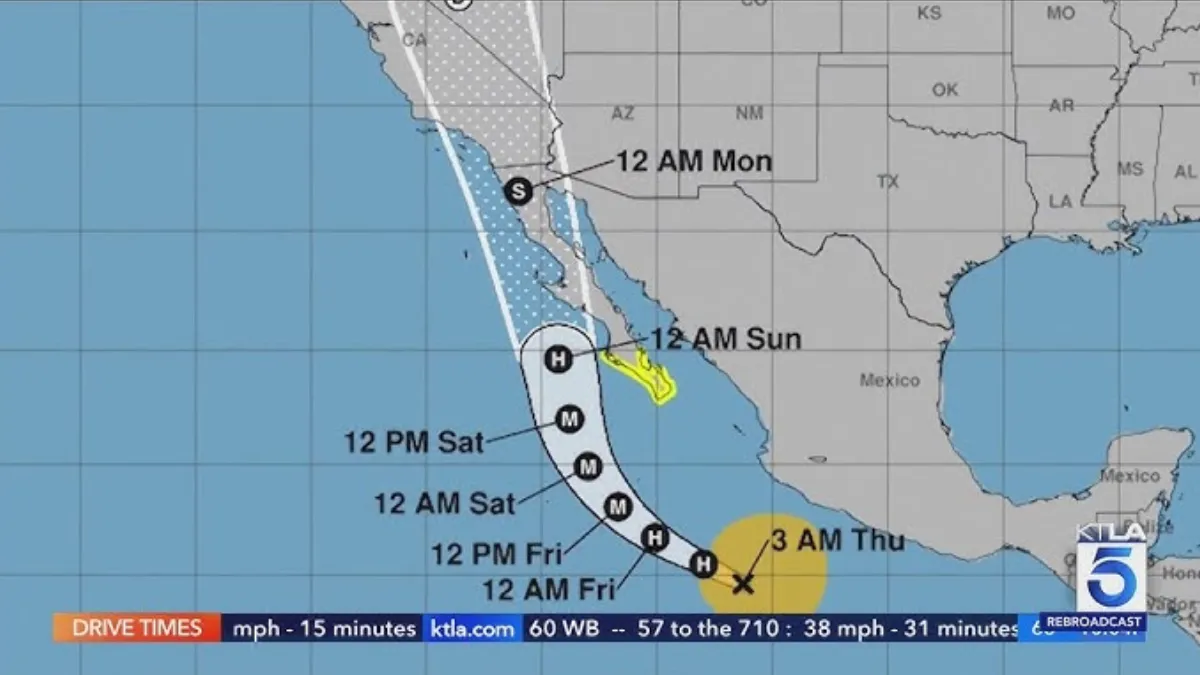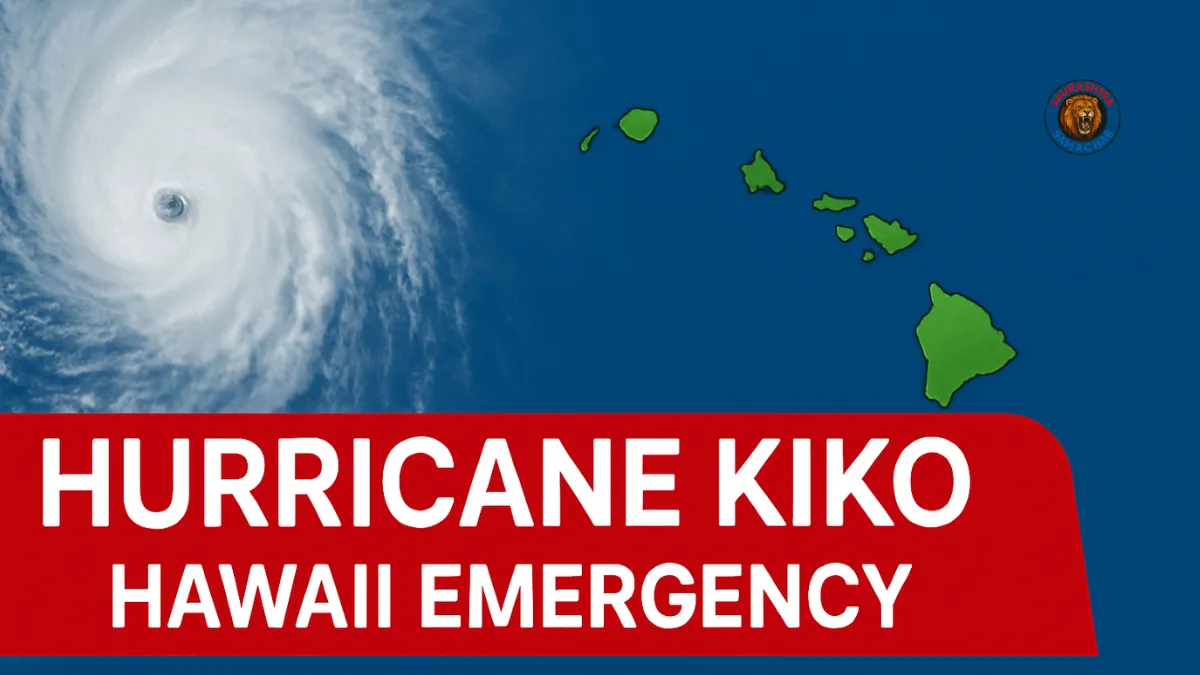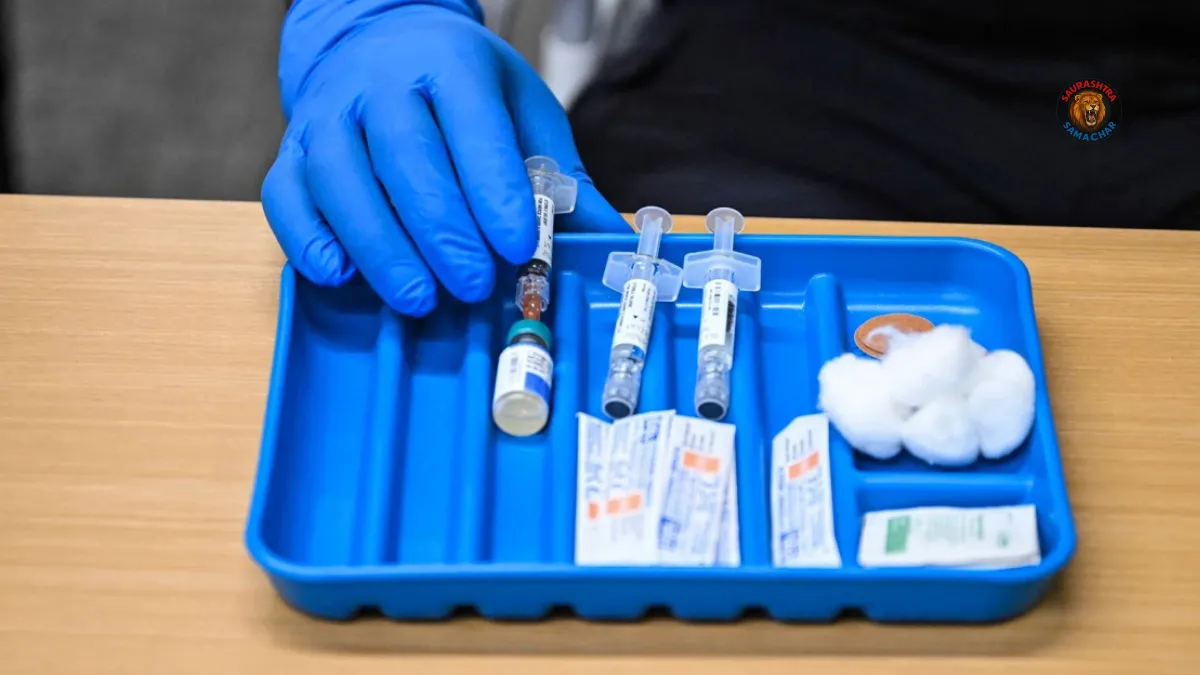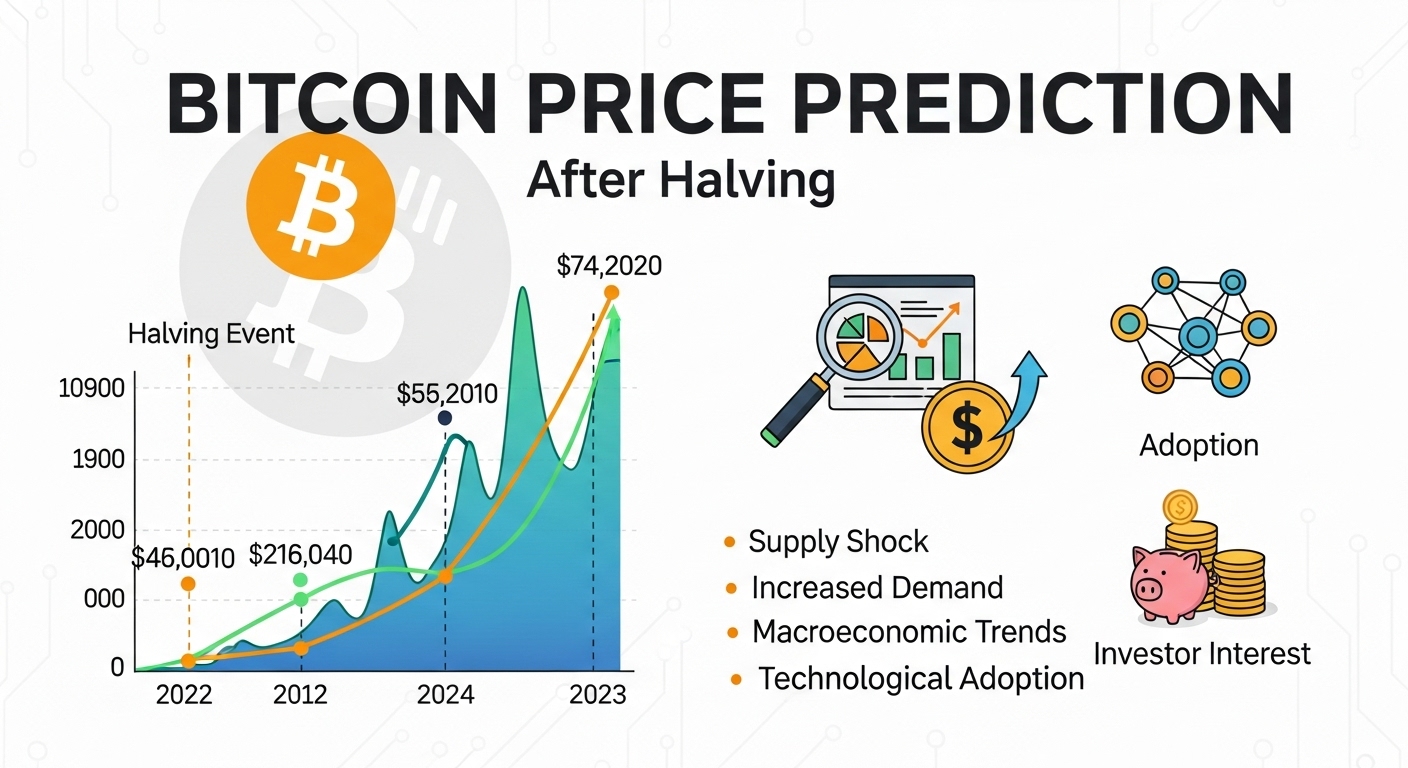Hurricane Kiko has put Hawaii on high alert, with state authorities declaring a state of emergency as the powerful storm approaches the islands. Although forecasts indicate the system may weaken before making direct contact, officials are not taking any chances. From activating emergency resources to issuing public safety warnings, Hawaii is preparing to minimize potential damage and protect its people.
Why Hawaii Declared a State of Emergency

On Friday afternoon, Hawaii’s acting governor, Sylvia Luke, issued an official proclamation declaring a statewide emergency. This declaration ensures that resources can be quickly mobilized to respond to any storm-related impacts.
“The proclamation activates emergency measures and resources to protect public health, safety and welfare,” the governor’s office said in a press release. Officials warned that tropical storm-force winds, heavy rainfall, and high surf linked to Hurricane Kiko could begin affecting portions of Hawaii as early as Monday, September 8, 2025.
The emergency order allows the Hawaii National Guard to assist civilian authorities, directs state agencies to coordinate their response, and unlocks the Major Disaster Fund, ensuring financial support for emergency operations.
Governor Luke emphasized that public safety is the top priority:
“To ensure the safety and preparedness of our communities, the state and counties will stand ready to mobilize resources to clear debris, secure infrastructure, and respond quickly to any possible damage caused by the storm.”
The proclamation is set to remain in effect until September 19, unless extended or terminated earlier depending on the situation.
Hurricane Kiko’s Path and Forecast
As of Saturday afternoon, Hurricane Kiko had weakened slightly to a Category 3 hurricane while moving across the eastern Pacific, roughly 1,000 miles away from Hawaii. Meteorologists expect the storm to continue losing strength over the next 24–48 hours as it moves in a northwest direction.
While some early projections suggested a possible direct hit, current forecasts indicate that Kiko will likely weaken to a tropical storm by the time it nears the islands. Experts believe the storm will track far enough north of Hawaii to prevent the most destructive impacts.
However, indirect effects are still a major concern. High surf, dangerous rip currents, and rough seas are expected to develop along Hawaii’s east-facing shores, especially on the Big Island and Maui, starting Sunday. These conditions are forecast to peak in the early to middle part of next week.
Meteorologists also caution that even if the center of Hurricane Kiko passes north, the system’s outer bands could still deliver heavy rain and localized flooding in some areas.
Key Forecast Details
| Aspect | Current Situation | Expected Impact |
|---|---|---|
| Storm Category | Category 3 hurricane (Saturday) | Weakening to tropical storm by next week |
| Distance from Hawaii | About 1,000 miles east | Moving northwest, away from direct landfall |
| Main Threats | High surf, rip currents, rainfall | Dangerous surf early to mid next week |
| Emergency Period | September 6 – September 19 | May be extended if needed |
Hawaii’s Preparedness Measures
The emergency declaration has set multiple safeguards in motion. Among them:
- Hawaii National Guard Deployment – Troops are on standby to support civilian authorities in rescue, relief, and recovery efforts.
- Statewide Agency Coordination – All state agencies have been instructed to cooperate and respond rapidly to minimize delays.
- Financial Aid for Emergency Work – The Major Disaster Fund has been activated to support necessary expenditures for storm response.
- Suspension of Certain State Laws – Temporary suspension of procurement, public works, and environmental regulations allows quicker execution of emergency actions.
Authorities are urging residents to take personal preparedness seriously. This includes stocking emergency kits, securing loose outdoor items, preparing for possible power outages, and staying updated through official government channels.
What Residents and Visitors Should Do
While Hurricane Kiko is expected to weaken, authorities stress that storms can change paths quickly. Therefore, it is critical for both residents and visitors to remain vigilant.
Officials recommend:
- Stay Informed: Monitor updates from the National Weather Service and Hawaii Emergency Management Agency.
- Prepare Emergency Supplies: Keep essentials like food, water, medicine, flashlights, and batteries ready.
- Avoid Dangerous Shores: Stay away from east-facing beaches and coastal areas when high surf warnings are in place.
- Follow Government Instructions: Evacuation orders, if issued, should be taken seriously.
Governor Luke has also appealed to Hawaii’s visitors, urging them to respect local advisories:
“We urge residents and visitors to monitor updates, follow official guidance, and prepare accordingly.”
Also read: GOP-led House Oversight Committee Receives Epstein Estate Documents Including ‘Birthday Book’
Looking Ahead
Even though the latest forecasts suggest that Hurricane Kiko may not make a direct landfall in Hawaii, the storm is still a reminder of the islands’ vulnerability to tropical weather systems. Strong surf, rip currents, and possible heavy rains remain real threats that could disrupt normal life in the coming days.
Hawaii’s proactive emergency declaration reflects lessons learned from past storms, where preparedness proved to be the most effective way to minimize loss and damage. By mobilizing early and ensuring both residents and visitors are informed, the state hopes to ride out the storm with limited impact.
As the situation develops, one fact remains clear: Hurricane Kiko is another test of Hawaii’s resilience and readiness in the face of powerful natural forces.














